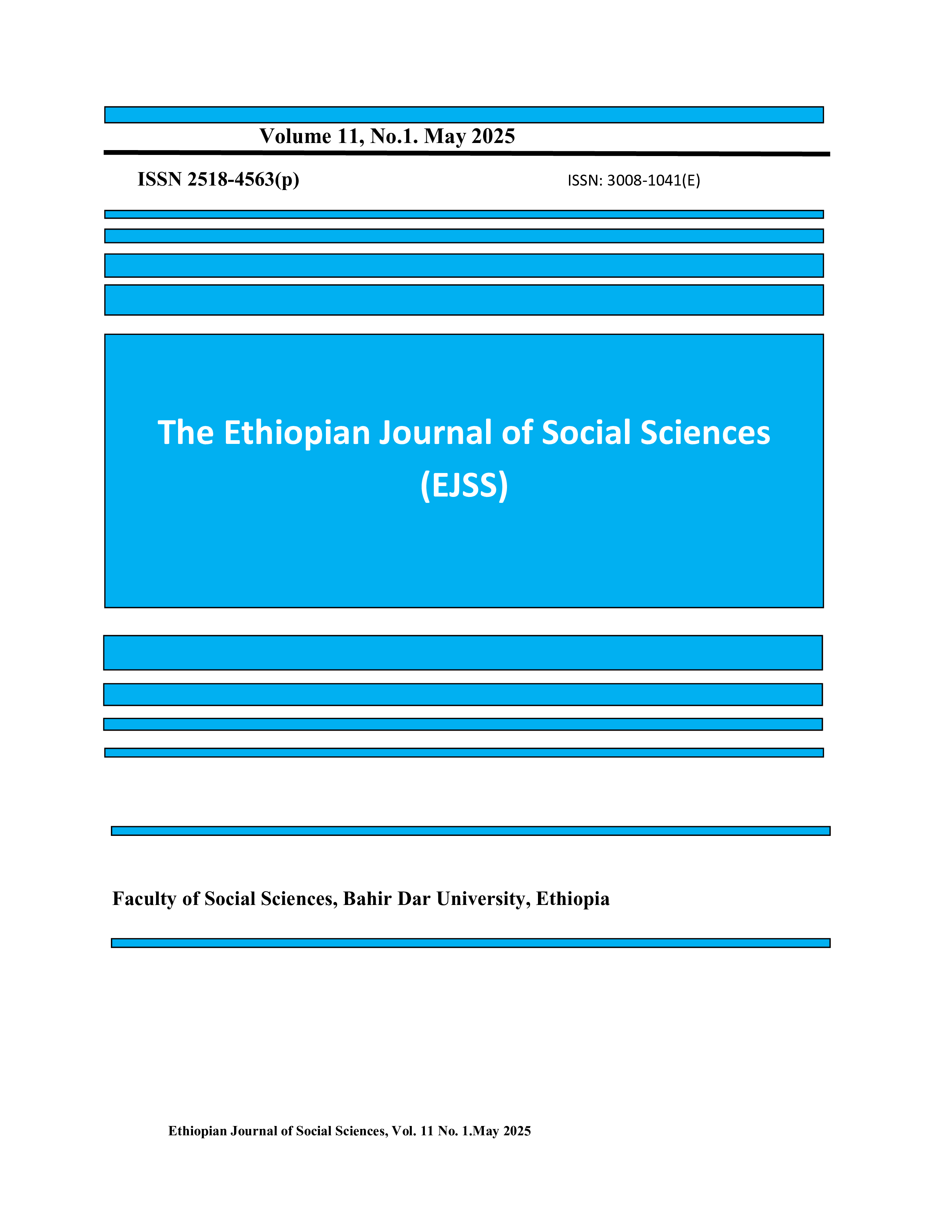Dealing with non-state armed groups for regional stabilization: A focus on Al-Shabaab
Abstract
Non-state armed groups, exemplified by Al-Shabaab in Somalia, continue to pose a profound threat to both regional and global security, with the group’s resilience and adaptability undermining conventional military and counterterrorism responses. Despite ongoing efforts – including military operations, counterterrorism initiatives, and attempts to address underlying drivers – Al-Shabaab has maintained its operational capacity, exploiting governance vacuums and leveraging local grievances to sustain influence and territorial control. This article adopts a multifaceted theoretical lens, drawing on realism, institutionalism, and constructivism, to analyze the complex interplay of political, social, and economic factors that perpetuate Al-Shabaab’s role as a destabilizing force. Methodologically, the study employs a qualitative approach, integrating empirical evidence with theoretical insights to provide a nuanced understanding of the group’s persistence. Key findings indicate that strategies narrowly focused on military or security measures have yielded only limited and often temporary gains, while occasionally exacerbating local tensions and instability. For policymakers, the study underscores the critical importance of prioritizing dialogue, negotiation, and the development of inclusive, transparent governance structures in Somalia. Sustainable progress against Al-Shabaab, the findings suggest, requires a holistic and adaptable strategy that is deeply informed by local context and the root causes of conflict, offering actionable guidance for national and international actors seeking to promote lasting stability in the Horn of Africa.
Keywords: Al-Shabaab, Dealing with armed groups, Non-state armed groups, Regional stabilization, Somalia
Copyright (c) 2025 Tadie Degie Yigzaw , Tigabu Alamir Tegegne

This work is licensed under a Creative Commons Attribution-ShareAlike 4.0 International License.
Authors who publish with this journal agree to the following terms:- Authors retain copyright and grant the journal right of first publication with the work simultaneously licensed under a Creative Commons Attribution License that allows others to share the work with an acknowledgement of the work's authorship and initial publication in this journal.
- Authors are able to enter into separate, additional contractual arrangements for the non-exclusive distribution of the journal's published version of the work (e.g., post it to an institutional repository or publish it in a book), with an acknowledgement of its initial publication in this journal.
- Authors are permitted and encouraged to post their work online (e.g., in institutional repositories or on their website) after publication in EJSS.

